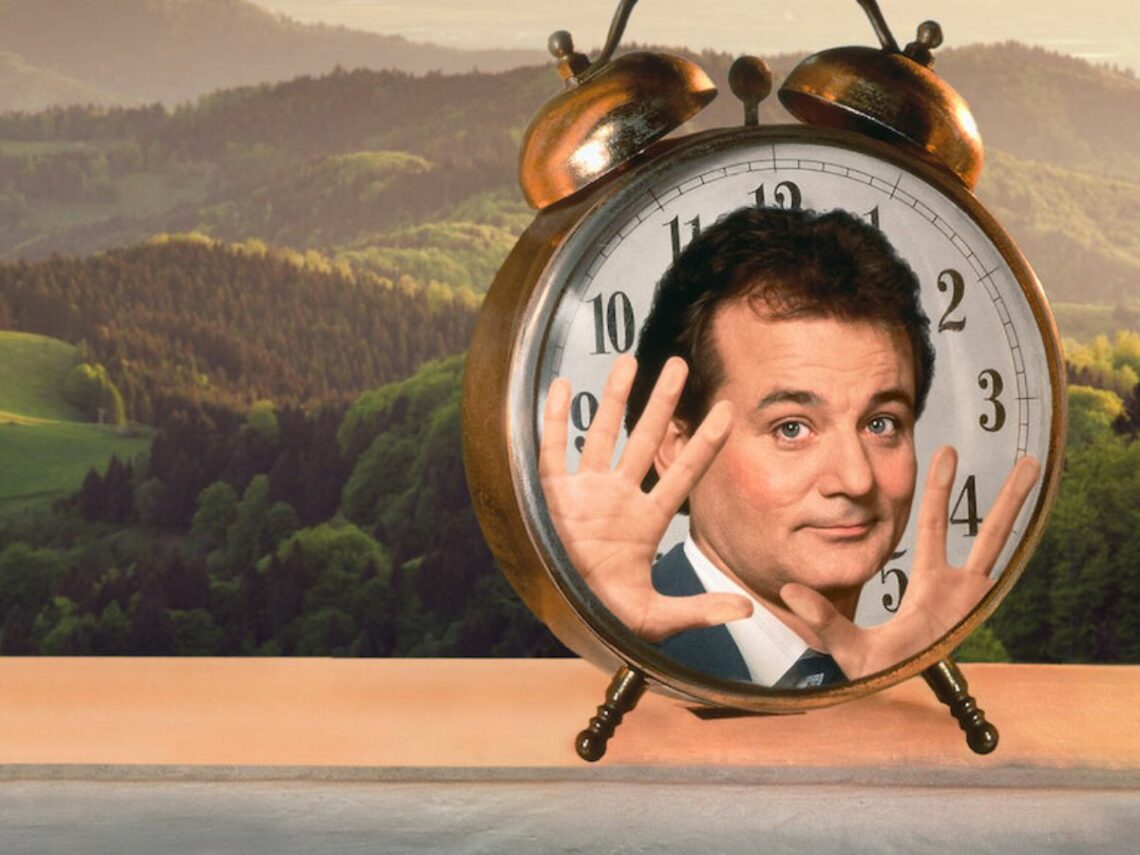
The “curse” that almost ruined Bill Murray’s ‘Groundhog Day’
Before the age of “ending explained”, some things were better left open to interpretation, like the ever-iconic Groundhog Day. But not everyone was sold on the ambiguity it vouched for, especially in terms of the concept of Bill Murray’s character Phil Connors reliving the same day, over and over and over.
Groundhog Day tells the story of a narcissistic weatherman who’s doomed to repeat the same day until he redeems himself. However, it turns out that the time-loop ended up becoming a point of concern, which producer Trevor Albert and screenwriter Danny Rubin couldn’t help but recall to TheWrap in 2022, nearly three decades after the movie’s release.
“Somebody whose name I won’t say said, ‘Why does the day repeat? Why the hell… I like it, it’s good, but I don’t understand why he gets stuck in this loop,” Albert said, speaking of an executive at Columbia’s note regarding the script. Groundhog Day doesn’t exactly go overboard to explain why Phil is trapped in the same day, and that’s exactly why it’s successful. The screenplay doesn’t hold the audience’s hand to spoon-feed explanations.
The movie’s genius lies in its ability to bypass Phil’s futile pursuits and instead dive into his profound growth. However, the studio wasn’t buying into this approach. Albert recounted being asked whether the aliens put a “hex on him” or if he had fallen into some “weird chemical”. In short, the executives were on the lookout for “some tangible event to occur in the first act” that explained how someone bewitched Phil. However, revamping the idea just did not sit well with Albert or Rubin.
Rubin was already wary that the day would come sooner or later when script re-adjustments would be required to reason with Phil’s time-loop trap. Still, he prepared for the unthinkable with a time-travelling twist, a maverick scientist’s experiment gone wrong or a jilted lover’s vengeful curse. “I played with these ideas, and I said it’s so arbitrary! It’s so stupid,” Rubin recalled.
He dreaded choosing between those options, having already had his fair share of battles conjuring that initial draft. In the first version, the film began with Phil repeating the day. “I don’t know when it began. It might’ve been a year ago, it might’ve been 500 years ago,” a voiceover for Phil said in the first draft. Once the audience followed the protagonist, they’d be pondering how he already knows what’s to go down that day.
It isn’t until page ten that they realise he’s actually caught in a time loop. The issues began when associate producer, Whitney White, chimed in, suggesting the film begin a day before the time-loop, allowing them the catharsis of watching Phil go crazy. In contrast, Rubin went ahead to praise director and co-writer Harold Ramis for giving the film the “warmth” of romantic comedies he couldn’t offer to try and satiate the execs.
“It seemed like a very elegant solution to taking a movie that felt a little indie and making it more accessible,” Albert mused. Still, the studio refused to move ahead without an additional scene explaining Phil’s situation. They decided to write the scene and give it to them, scheduling it at the very last with the intention of never shooting it. Or, even if they did film the scene, they never planned to include it in the movie.
But then came another call, and this time, they wanted a reason for Phil’s situation. Rubin was quick to come up with the idea of a “gypsy curse” cast on Murray‘s Phil, and both Albert and Ramis supported him on it. As he puts it, not addressing how the curse came into being was an “existentially perfect” middle ground.